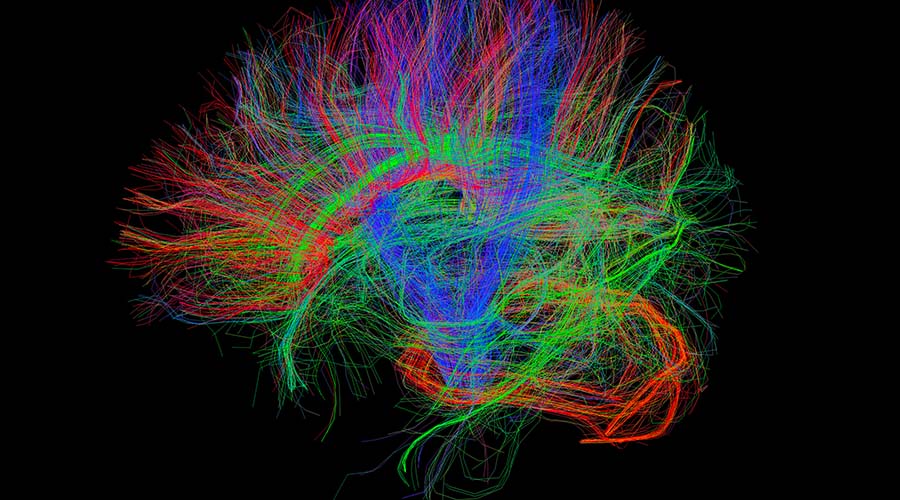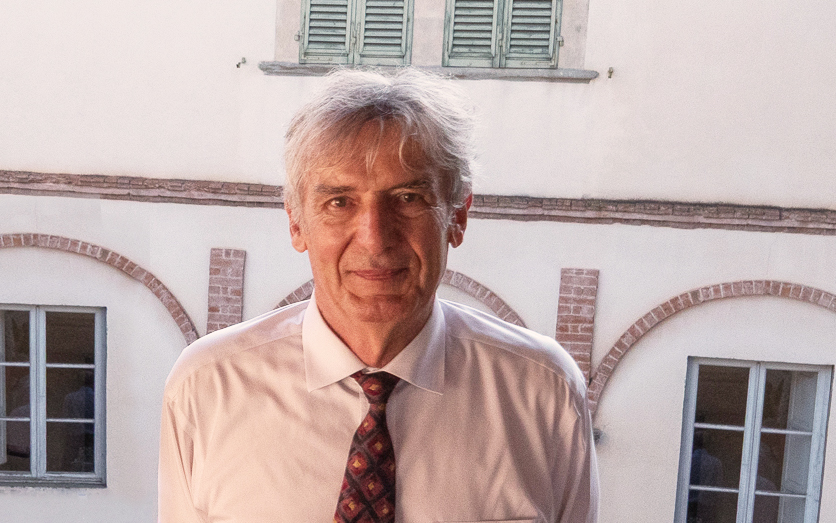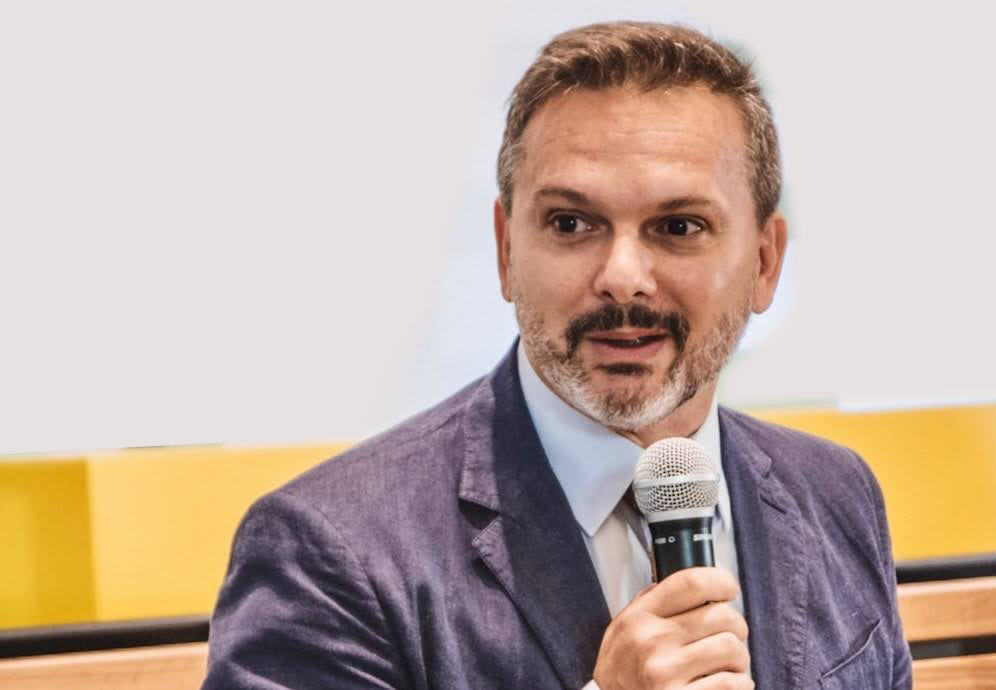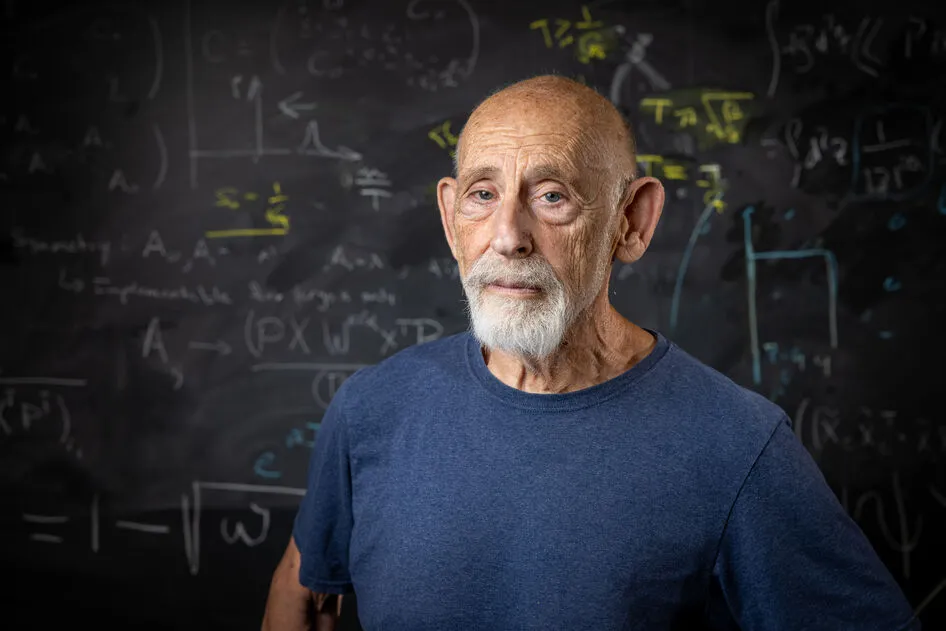 È sempre più stretto il rapporto che lega la fisica alle neuroscienze, e allo studio delle strutture e dei meccanismi cerebrali alla base delle funzioni cognitive. Grazie alle metodologie sviluppate nel campo dell’indagine teorica e sperimentale sui costituenti ultimi della materia, la fisica è, infatti, in grado di fornire strumenti efficaci per lo sviluppo e la verifica di modelli e simulazioni che descrivono il complesso sistema neurale. Sono queste ricerche interdisciplinari, e i risultati finora raggiunti dallo Human Brain Project (HBP), il progetto scientifico che vuole arrivare a simulare il funzionamento del cervello umano grazie ai progressi nei settori della diagnostica per immagini e dell’analisi computazionale, al centro del workshop BASSES (Brain Activity across Scales and Species: Analysis of Experiments and Simulations), organizzato dalla sezione INFN di Roma e dal LENS (Università di Firenze), che si svolgerà il 13, il 14 e il 15 giugno a Roma.
È sempre più stretto il rapporto che lega la fisica alle neuroscienze, e allo studio delle strutture e dei meccanismi cerebrali alla base delle funzioni cognitive. Grazie alle metodologie sviluppate nel campo dell’indagine teorica e sperimentale sui costituenti ultimi della materia, la fisica è, infatti, in grado di fornire strumenti efficaci per lo sviluppo e la verifica di modelli e simulazioni che descrivono il complesso sistema neurale. Sono queste ricerche interdisciplinari, e i risultati finora raggiunti dallo Human Brain Project (HBP), il progetto scientifico che vuole arrivare a simulare il funzionamento del cervello umano grazie ai progressi nei settori della diagnostica per immagini e dell’analisi computazionale, al centro del workshop BASSES (Brain Activity across Scales and Species: Analysis of Experiments and Simulations), organizzato dalla sezione INFN di Roma e dal LENS (Università di Firenze), che si svolgerà il 13, il 14 e il 15 giugno a Roma.
“Il principale contributo dell’INFN in questo workshop – spiega Giulia de Bonis, ricercatrice della sezione INFN di Roma e Scientific Chair del BASSES Workshop – riguarda le ricerche sull’origine delle funzioni cognitive, in particolare l’analisi dei dati, lo sviluppo di modelli e le simulazioni, e lo studio e la realizzazione di algoritmi ispirati dalla biologia”. “È su queste attività, infatti, che si concentra il lavoro del nostro gruppo, che sfrutta, per l’analisi dei dati di fenomeni e meccanismi cerebrali, un approccio basato sulle metodologie nate nel settore della fisica.”
In particolare, durante il workshop saranno presentati alcuni recenti risultati ottenuti dai ricercatori INFN, quali metodi innovativi per l’analisi di dati corticali e per la costruzione e validazione di modelli, l’implementazione di simulazioni in grado di riprodurre l’insieme degli impulsi neurali (spiking) e nuovi modelli di apprendimento elaborati a partire dello studio dei meccanismi cerebrali. Tra i più recenti, un articolo apparso sulla rivista Plos Computational Biology, che dimostra come un modello talamo-corticale calibrato per esprimere stati cerebrali analoghi a quelli della veglia e del sonno apprenda in maniera più rapida e riconosca più velocemente i segnali in un contesto rumoroso.
BASSES è finanziato dallo HBP (https://www.humanbrainproject.eu/), dal Comitato dell’Istruzione dell’Unione Europea e da EBRAINS (https://ebrains.eu/), infrastruttura europea per la promozione della ricerca sulle funzioni e sulle malattie cerebrali, grazie alle risorse assegnate all’INFN a seguito di una call competitiva. Un riconoscimento che testimonia il contributo dell’INFN, dal 2015 coinvolto nello HBP come capofila del consorzio WAVESCALES (WAVE SCALing Experiments and Simulations), alle ricerche nella modellizzazione e nella simulazione del funzionamento cerebrale su grande scala.
Link utili:
Comunicato stampa HBP su BASSES: https://www.humanbrainproject.eu/en/follow-hbp/news/2022/06/17/event-recap-ebrains-workshop-brain-activity-across-scales-and-species-analysis-experiments-and-simulations-basses/
Pagina web del convegno: https://www.humanbrainproject.eu/en/education/ebrains-workshops/basses/
Paper Plos Computational Biology: https://doi.org/10.1371/journal.pcbi.1009045
In the latest years, the link connecting physics with neuroscience and the study of brain structures and mechanisms that support cognitive functions is getting stronger. Methodologies risen in the field of theoretical and experimental physics and addressed at the understanding of the fundamental constituents of matter, can be employed for the development and validation of models and simulations aimed at the description of the complexity of neural systems. Such multi-disciplinary research, and the results obtained so far in the framework of the Human Brain Project (HBP), the scientific project whose final goal is the simulation of the human brain combining progresses in brain imaging and computational analysis, are the focus of the BASSES workshop (Brain Activity across Scales and Species: Analysis of Experiments and Simulations), organized by INFN Sezione di Roma and LENS (University of Florence) and taking place in Rome on June 13-14-15.
“The main contribution of INFN at the workshop is about the origin of cognitive functions, with data analysis, model development and simulations, and about the study and implementation of bio-inspired learning algorithms” says Giulia De Bonis, researcher at INFN Sezione di Roma and Scientific Chair of the BASSES workshop. “These topics are the core activities of our group, that is making use physics-derived approaches and methods for the analysis of brain data and mechanisms”.
During the workshop, recent results obtained by INFN researchers will be presented, in particular: innovative methods for the analysis of cortical data and for building and validating models; implementation of spiking simulations able to reproduce neuron dynamics; novel bio-inspired learning. Among the latest results, an article published in Plos Computational Biology demonstrating that a thalamo-cortical model, calibrated to express brain states as those observed in wakefulness and deep sleep, is able to learn faster and more accurately even in presence of noisy signals.
BASSES is funded by HBP (https://www.humanbrainproject.eu/), by EU Education Committee and by EBRAINS (https://ebrains.eu/), the European research infrastructure for the promotion of brain research, through a funding grant assigned to INFN after a competitive call, attesting acknowledgment to the contribution of INFN, since 2015 involved in HBP as leader of the WAVESCALES consortium (WAVE SCALing Experiments and Simulations), in the field of modeling and simulating brain functions on a large scale.
Useful links:
HBP press release on the BASSES workshop: https://www.humanbrainproject.eu/en/follow-hbp/news/2022/06/17/event-recap-ebrains-workshop-brain-activity-across-scales-and-species-analysis-experiments-and-simulations-basses/
Web page of the Workshop: https://www.humanbrainproject.eu/en/education/ebrains-workshops/basses/
Article on Plos Computational Biology: https://doi.org/10.1371/journal.pcbi.1009045





